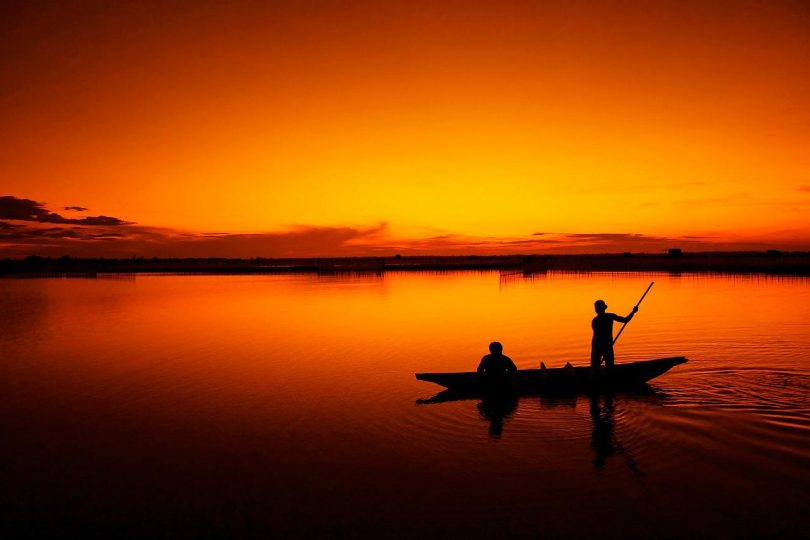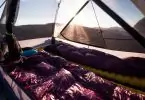Fly fishing is a great way to spend a day in the backcountry. It’s a peaceful and relaxing experience, and it can be quite rewarding as well. However, there are some things you need to know before you head out on your first fly fishing trip. These six tips will help get you started.
1) Get the right gear
You don’t need to spend a lot of money on fly fishing gear, but you do need to get the right stuff. A good starting setup includes a rod, reel, line, and some basic flies. With the right gear, you’ll have more flexibility, freedom, and enjoyment whilst fishing, according to https://flyfisherpro.com/gear/footwear/best-fly-fishing-waders/.
Additionally, you’ll need a fishing license. You can usually get one at your local sporting goods store or online. This is important because it helps to protect fisheries and ensures that everyone is following the same rules.
Plus, if you’re going to be wading in streams or rivers, you’ll need a pair of waders. Waders keep you dry and help you to avoid slipping and falling.
2) Learn the basics of fly fishing
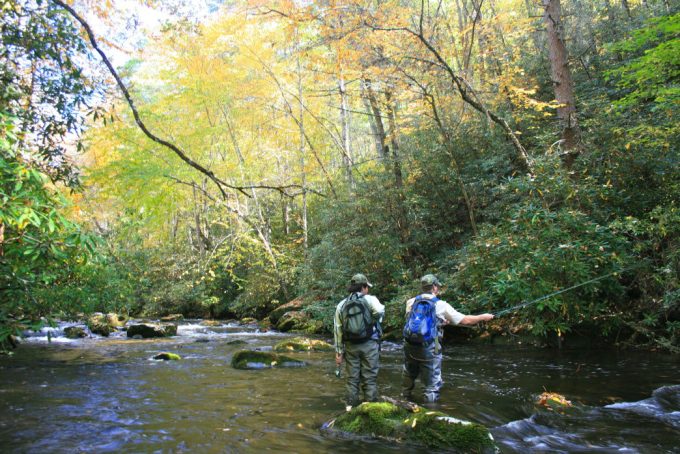
Source: rootsrated.com
Before you head out into the backcountry, it’s important to learn the basics of fly fishing. This includes how to cast, what kind of flies to use, and how to play and land fish.
There are plenty of resources available to help you learn the basics. You can find fly fishing instructional videos online, or you can take a class from a local fly fishing shop.
Additionally, most fly fishing gear comes with an instruction manual that can be helpful in getting started. For example, some websites have an extensive fly fishing learning center that covers everything from the basics of fly fishing to more advanced topics. Be sure to check it out before you head out on your trip.
3) Choose the right location
When you’re fly fishing in the backcountry, you’ll have a lot of different options for where to fish. But not all locations are created equal. You’ll want to choose a spot that has good access, plenty of fish, and good water conditions.
You can ask around at your local fly fishing shop, or do some research online to find the best spots in your area. Once you’ve narrowed down your options, be sure to check the regulations for each location before you go.
For example, some locations may have special rules for catch and release, or they may be closed to fishing during certain times of the year. On the other hand, other locations may be perfect for fly fishing and have very few restrictions.
4) Be prepared for the weather
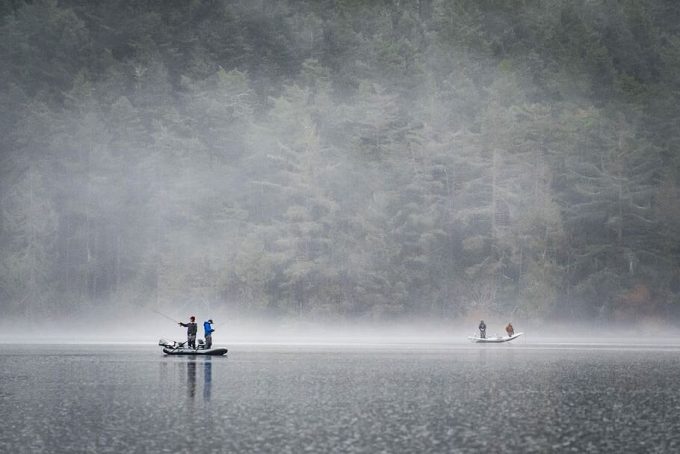
Source: subarcticangling.com
When you’re fly fishing in the backcountry, you’ll be at the mercy of the elements. That means you need to be prepared for whatever Mother Nature throws your way.
Be sure to check the forecast before you head out, and dress accordingly. If the weather is going to be hot, make sure you have plenty of water and sunscreen. If it’s going to be cold, dress in layers and bring a thermos of hot coffee or tea.
And, of course, if there’s even a chance of rain, be sure to pack a raincoat. Nothing puts a damper on a fly fishing trip quite like getting soaked to the bone.
An important thing to note is that the weather can change quickly in the backcountry, so it’s always a good idea to be prepared for all possibilities.
5) Be aware of your surroundings
When you’re fly fishing, it’s easy to get lost in the moment and forget about your surroundings. But it’s important to be aware of your surroundings at all times, especially in the backcountry.
You need to be aware of your surroundings for two reasons:
First, you need to be aware of potential hazards, such as slippery rocks, steep drop-offs, and angry wildlife. In an event of an emergency, it’s important to know where you are and how to get back to safety. For example, if you’re fishing in a river and you get swept away by the current, you need to know how to swim to safety.
Second, you need to be aware of your surroundings so you can make the most of your time fly fishing. For example, if you’re fishing in a stream, you need to be aware of the position of the sun so you can cast your fly in the right spot. On the other hand, if you’re fishing in a lake, you need to be aware of the wind direction so you can cast your fly where the fish are likely to be.
In short, always be aware of your surroundings when you’re fly fishing in the backcountry.
6) Have a plan and be patient
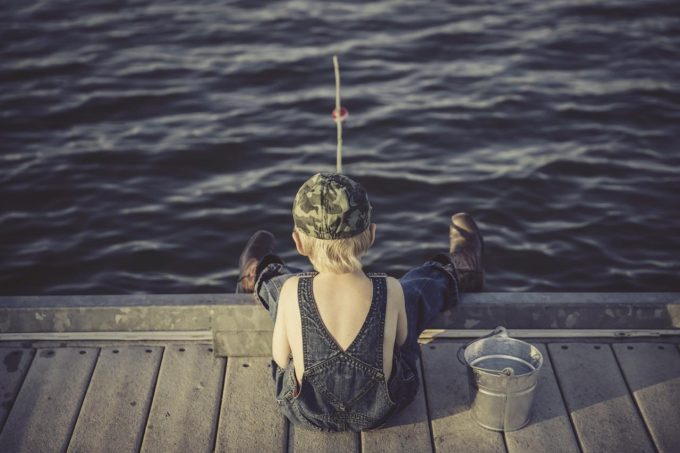
Source: pixabay.com
When you’re fly fishing in the backcountry, it’s important to have a plan and be patient. You need to have a plan because you need to know where you’re going, what you’re going to fish for, and how you’re going to get there. And you need to be patient because, even with the best-laid plans, things can sometimes go wrong.
For example, you might get lost on the way to your fishing spot, or the stream might be too high to fish. In these cases, it’s important to keep a cool head and think about your options. Similarly, if you’re not having any luck catching fish, don’t get frustrated and give up. Just keep casting your line and be patient.
But as long as you have a plan and you’re patient, you’ll be able to make the most of your fly fishing trip in the backcountry. Remember to enjoy the journey, not just the destination.
Fly fishing in the backcountry can be a lot of fun, but it’s important to remember to be prepared for anything. Make sure you check the forecast before you go, dress appropriately, and bring along all of the necessary gear. And most importantly, relax and enjoy your time fly fishing in some of the most beautiful locations on Earth. Basically, just follow these six essential tips and you’ll be sure to have a great time. Happy fishing!

